Gin is one of the most popular alcoholic beverages among herbalists. Apart from being a classic alcoholic drink, it can be used to prepare various cocktails and medicinal drinks.
When we talk about gin, it should be noted that it is a strong alcoholic beverage. Fans of alcoholic beverages emphasize it because of its presence in numerous cocktails popular all over the world. It should be emphasized that the original gin is prepared from juniper berries, as well as from other fruits, so it belongs to fruit brandies. Sometimes certain cereals are used, and the main characteristic of this drink is a specific and original smell, which is very reminiscent of juniper. The reason for that is the predominant use of the berries of this woody plant in production. The amount of alcohol of about 40 per cent, classifies gin as a strong alcoholic beverage.
Gin is basically a medicine
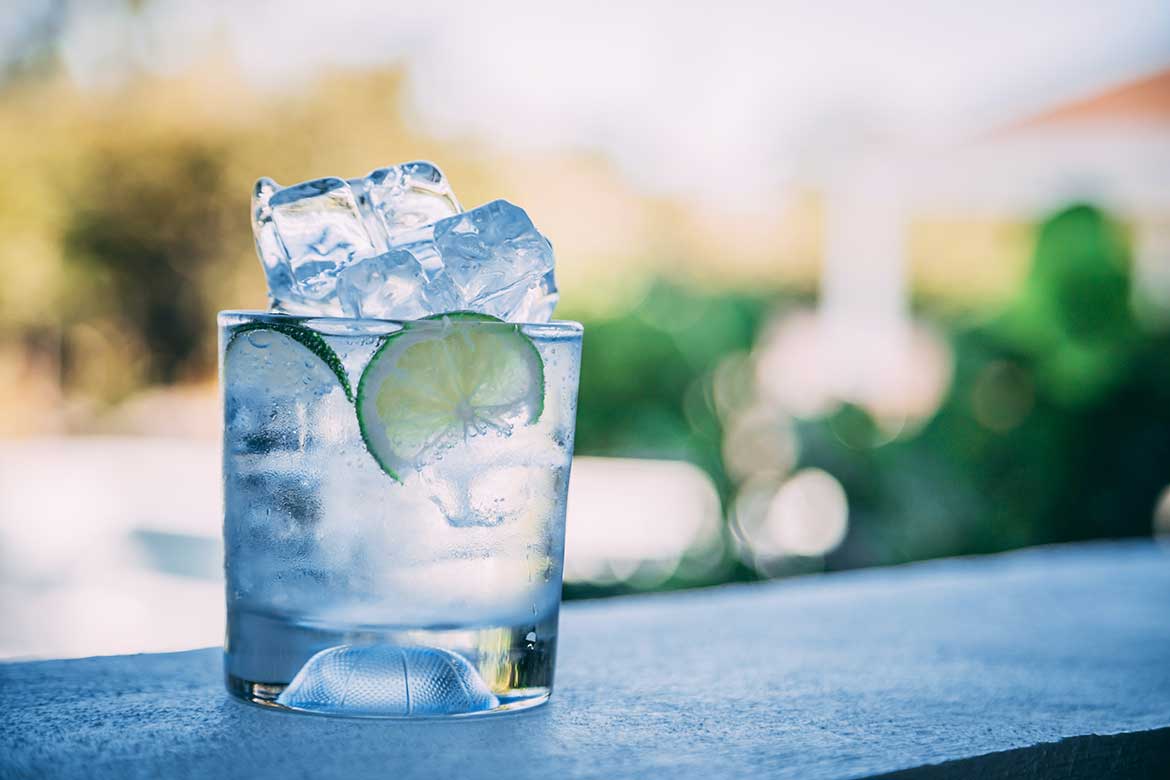
So, the history of this alcoholic beverage dates back to the 17th century. The Dutch doctor, Francisco Silvius, is listed as the man who created the gin, or at least he was credited with discovering that drink. It is claimed that gin originated in the 17th century, but not for the purpose of consumption for pleasure, but for medical reasons: gin was then used as a remedy against kidney problems, stomach ailments and blood purification. Francisco Silvius combined juniper berries, anise, coriander and several other plants, which at that time had proven to possess healing properties. Another proof that modern pharmacy is based on nature and the plant world.
The doctor, to create an effective medicine, immersed all the plants in a liquid that could extract all the medicinal substances from each of the ingredients and keep them in a liquid state. It was, of course, (medical) alcohol.
Silvius tested the obtained solution directly on the patients he treated, and the popularity of this medicine spread very quickly among the people. Of course, you guessed it, not because of the primary healing effect, but because of the taste and ability to “cheer up” the consumer.
Even though the gin was invented in the 17th century, juniper berries were used for healing even earlier. During the plague epidemics, people tried to save themselves from the deadly disease at that time with the help of juniper. Unfortunately, that did not give the expected results.
The name gin, which is used all over the world today, comes from the Dutch word genever – translated into English it means juniper. From the 17th century to the present day, the spelling and pronunciation of names have changed and shortened many times, to eventually come up with a short, effective and in all languages easily pronounced name gin.
Although in the beginning, gin was drunk only in the Netherlands, it very quickly became extremely popular in the country of Her Royal Highness – England. Maybe for that very reason, today that country is the largest producer of juniper drinks. Although gin was banned in the 19th century due to prohibition, it is now one of the irreplaceable alcoholic beverages. And for the reason that it is an indispensable content of numerous cocktails.
Alcohol is poor
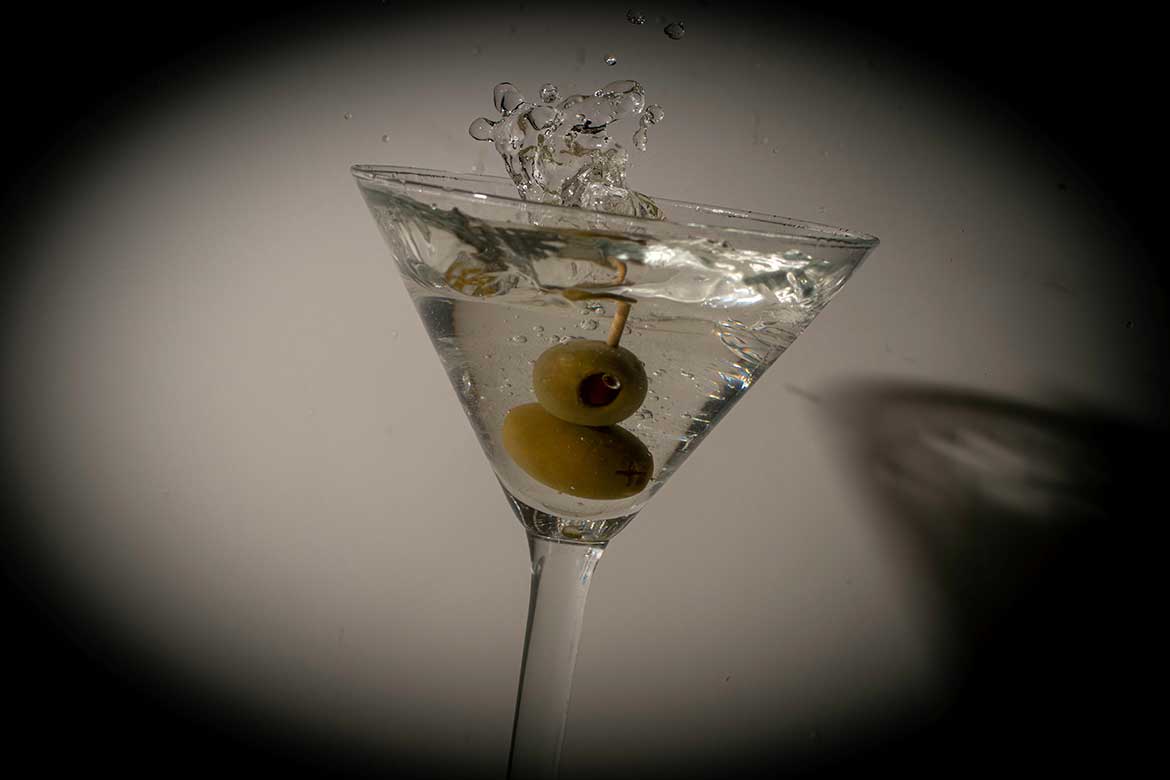
The gin reached its peak of popularity in the 18th century. Where? Well of course in the UK. Because it was originally conceived as a medicine and not an alcoholic beverage, gin was taxed at a far lower rate than alcohol and beverages based on it. Therefore, its price was lower than alcoholic beverages, so it became the alcohol of the poor almost overnight.
Because of that, he received the derogatory nickname “mother’s destroyer”, because it was considered that due to the consumption of gin, mothers neglect or abandon their children, and in some cases even commit infanticide. Gin, at the time, was considered a hard drug!
With the rise of the British Empire and the emergence of numerous health problems in the tropical colonies ruled by Europeans, gin began to mix with a tonic that is known to be based on quinine. Therefore, the cocktail has become perfect prevention and even a cure for malaria, which is transmitted by mosquitoes. And there are a lot of them in the tropics.
How is gin made?
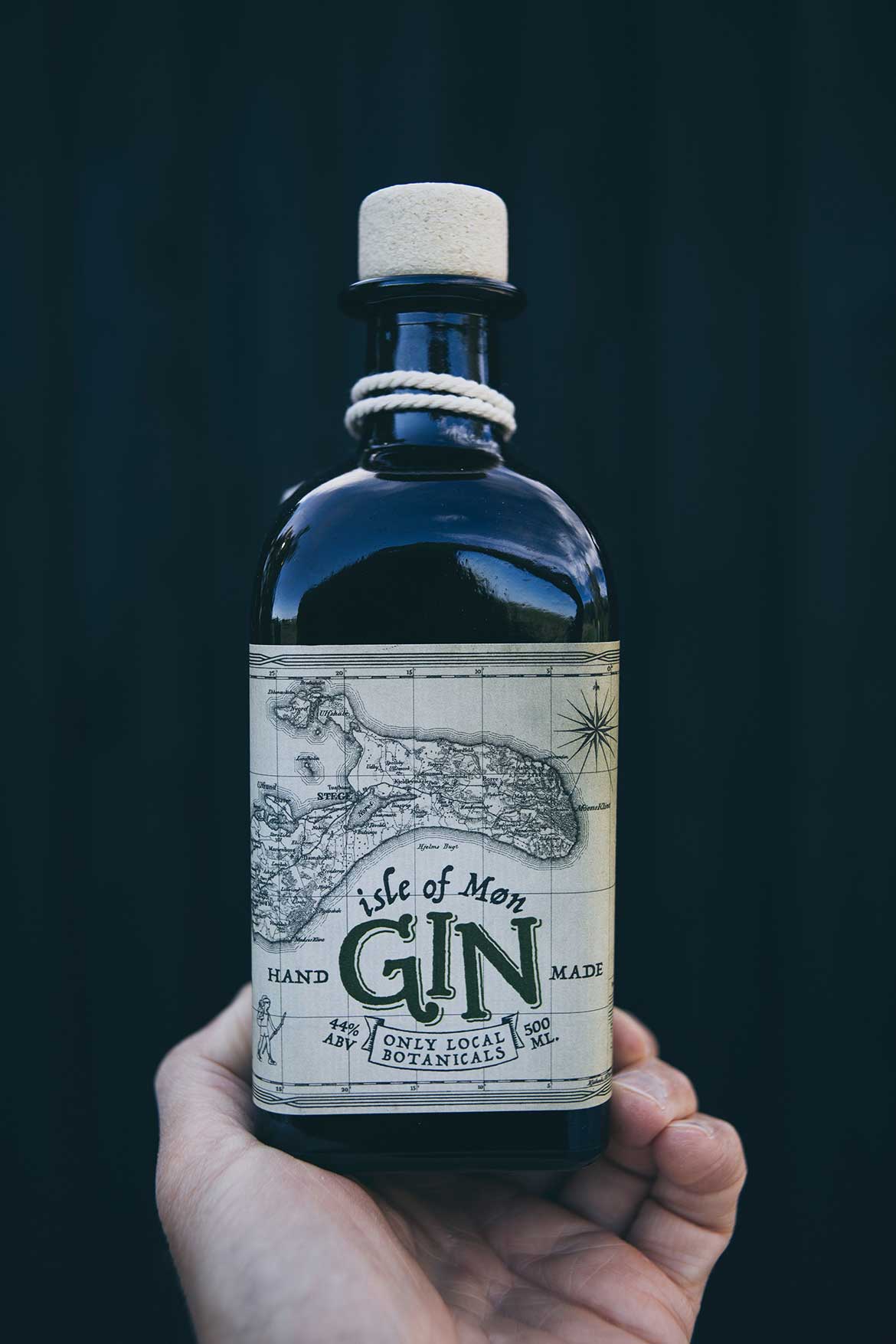
The basic ingredient of gin is, of course, juniper. More precisely, it’s fruit. Together with other plants, which give the necessary composition to this drink, so they also have the role of spices. After that, this mass is distilled classically. The obtained alcoholic distillate does not have a specific colour. It is almost transparent and resembles water. The specific smell of the finished gin is the result of the presence of juniper berries, as well as other plants added in the process of fermentation and distillation. Among them are anise, cumin, cinnamon … It is believed that if gin producers stick to quality, they must flavour it with at least six to seven different aromatic plants.
Types of gin
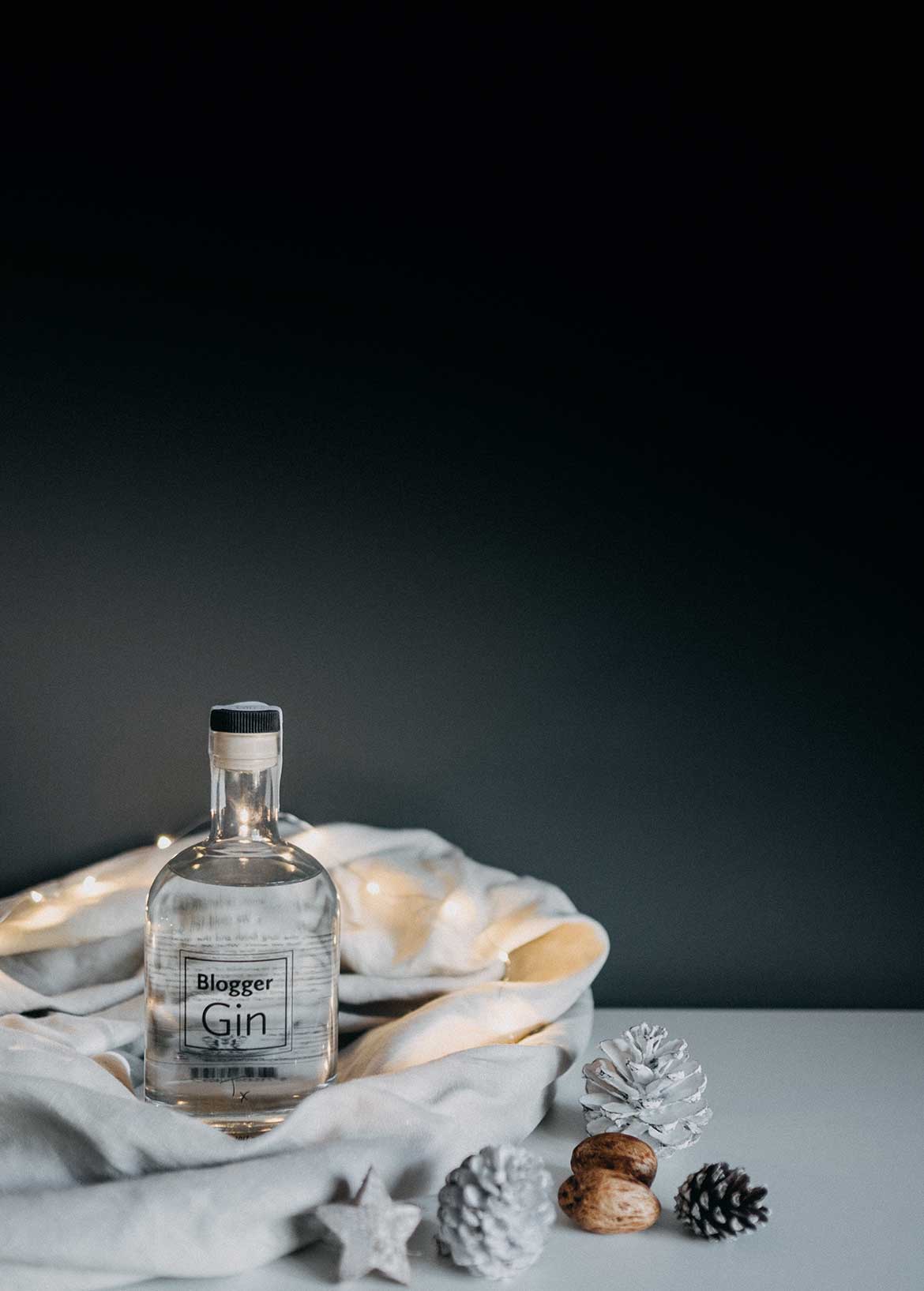
There are a large number of variations of this drink on the market. The so-called London dry gin is popular. By this “dry”, it is meant that no sugar is added during production. London dry gin is practically colourless because no colours are added.
Another well-known species is the Plymouth gin, in which producers use a mix of different plants. It is usually produced from special water from Dartmoor (UK). With this type, you can’t help but pay attention to the soft taste and very strong intoxicating smell. Plymouth gin uses flavourings, which create a unique scent.
Special attention must be paid to the Dutch version of gin, which stands out for being prepared according to a specific Dutch recipe from the 17th century. The Dutch, today, offer two subtypes of gin – young and old gin. The difference is in the addition of aromas, and the Dutch also put citrus fruits in the composition of gin.
How is gin served?
Gin is served in tall glass cups, with a volume of 200 to 250 millilitres, and the ideal temperature should be between 32 and 46 F. So, cold. Along with it, a slice of lemon and a glass of carbonated water – soda or mineral water, are served, at the request of the consumer. A slice of lemon can be placed on the rim of the glass or served separately on a small plate. If desired, ice is added to the drink.
Gin in the kitchen
Gin can be combined with different types of drinks, most often with a tonic. Among the famous gin cocktails is the martini, a favourite drink of the famous secret agent. Gin, in fact, goes extremely well with almost all types of alcoholic beverages and fruit flavours, so when using gin, it is enough to give free rein to the imagination, and the new original drink is there. Gin can be used to flavour savoury dishes. Experienced chefs include it in specialities with chicken and pork.
What are the benefits of gin?
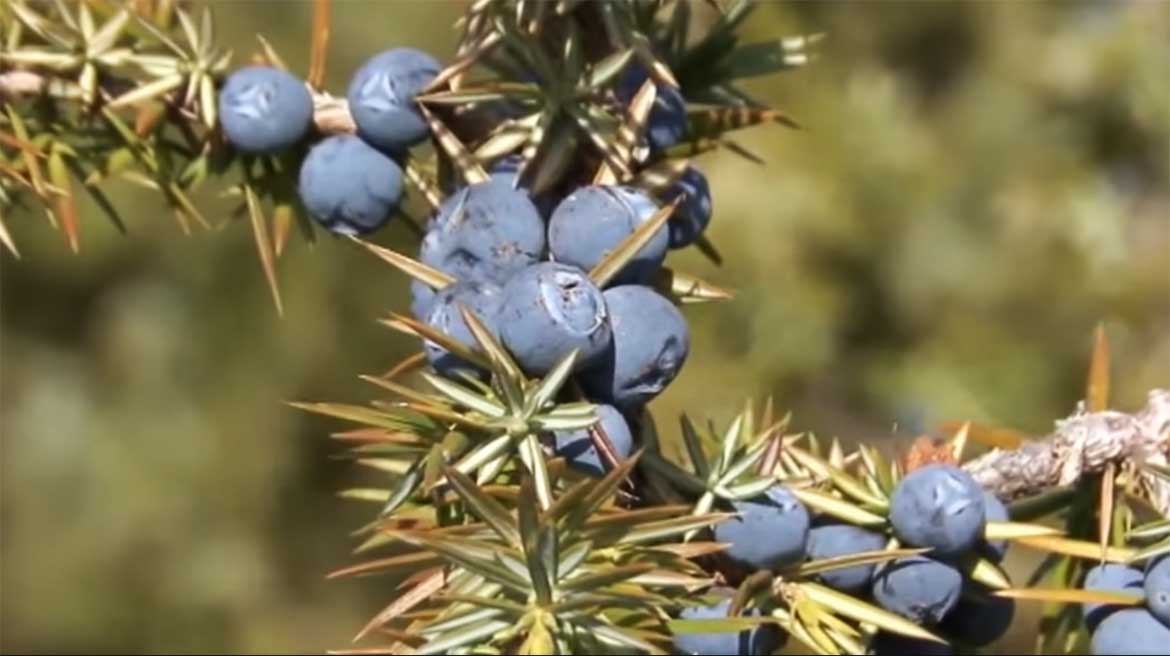
The beneficial effects of gin have been debated for centuries. And everyone is right. Quality gin can cleanse the blood and is also used as a diuretic. Therefore, it is recommended for problems caused by fluid retention in the body as well as bloating.
The gin and tonic count on the active ingredient quinine, which is present in the tonic and gives it a bitter note. Moderate consumption of this cocktail helps eliminate thick secretions from the lungs and airways. In modern times, gin is used as a remedy for diseases, colds, coughs and bronchitis. The gin wrap helps relieve back and joint pain. Gin improves and normalizes heart function and intensifies its work. Of course, only in moderation, not to mention doses.
Folk medicine and gin
Western folk medicine recommends gin as a medicine. Homemade syrup for the sore throat is made by mixing three tablespoons of honey, one tablespoon of gin and one tablespoon of onion juice. One teaspoon is consumed a few hours after each meal.
Healers suggest a cooked combination of gin and chamomile, used to quickly cough up and reduce the pressure in the lungs. Two tablespoons of chamomile are needed for tea. It is boiled in 150 millilitres of water, filtered and mixed with a deciliter of gin. If desired, it can be sweetened with honey. As a medicine, one to two tablespoons are used before meals.
Gin and tonic coating is also known. It is used to reduce back pain. For this purpose, gauze is soaked with 50 millilitres of gin, one tablespoon of radish juice and one tablespoon of onion juice. The dressing prepared in this way is placed on the sore spot and left to act for a maximum of half an hour. After that, the dressing is removed from the painful place, so that no burn on the skin can be caused by onion juice. Then the place is washed with warm water and wiped with a clean cloth.
Is gin harmful?
Even though it has many useful properties, gin should not be drunk constantly and in large quantities. Don’t forget, it is — in the first place — a strong alcoholic drink. Consumption of gin is not recommended for people allergic to juniper. Nothing spectacular is going to happen, but discomfort is an inevitable side effect. So, to health, but with caution and in small quantities.
